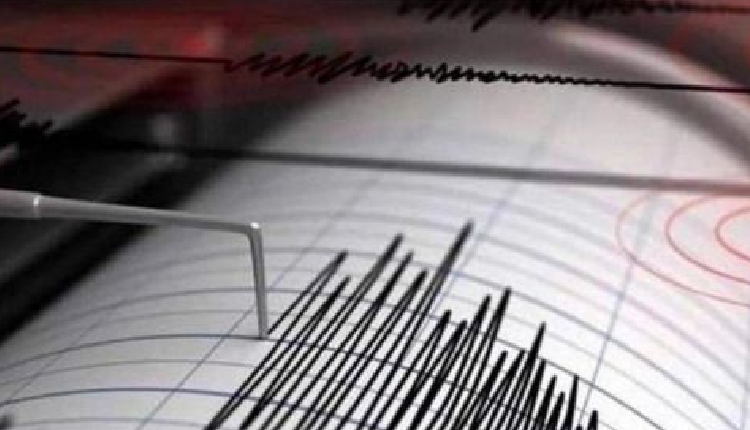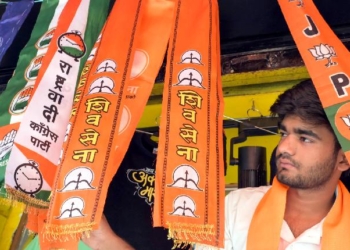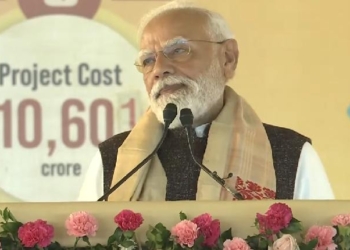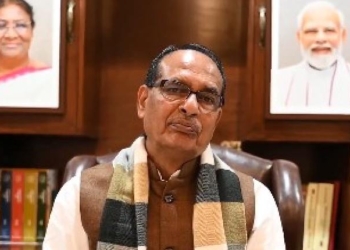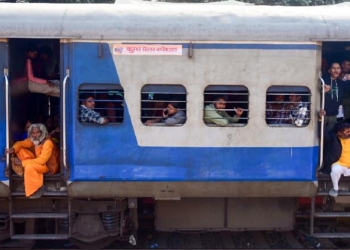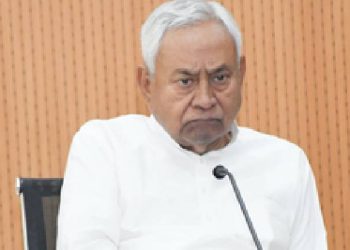Srinagar: An earthquake measuring 3.5 on the Richter scale was felt in Jammu and Kashmir on Thursday, although no report of any casualty or damage to property has been received from anywhere so far.
Officials said the earthquake, which occurred at 1.41 p.m., had its epicentre in the Kupwara area of the Valley.
“The intensity of the earthquake was light, and its coordinates are latitude 34.68 degrees north and longitude 74.39 degrees east. The epicentre of the earthquake was in the Kupwara area of J&K, its intensity was 3.5, and it occurred at 1.41.33 IST,” officials said.
The tremors did not cause any panic in the area or valley, as it was of low intensity. The people went about their daily chores as routine.
Earthquakes have wrought havoc in Kashmir in the past, as the area is situated in a seismologically sensitive region.
On October 8, 2005, an earthquake measuring 7.6 on the Richter scale occurred at 8.40 a.m. and devastated areas on both sides of the Line of Control (LoC).
The town of Muzaffarabad in Pakistan occupied Kashmir (PoK), where the epicentre was located, was razed to rubble.
Over 80,000 people were killed in that earthquake. Aftershocks continued for months, and people in the Valley lived in horror of another impending earthquake, running into open areas at the slightest tremor. Communication was completely disrupted, and it took days for the restoration of mobile telephones and months for rebuilding the damaged Infrastructure.
For the last 10 years, the Chenab Valley area of J&K, including Doda, Kishtwar, Ramban, and Reasi districts, has been witnessing periodic earthquakes.
Many civilian houses and government structures have been damaged by these earthquakes, as experts are trying to find out the reason for such seismic activity recurrence.
Experts and structural engineers have been laying stress on earthquake-safe structures in Kashmir and in the Chenab Valley region, asserting that the cement and iron bars used in constructing concrete structures are the most vulnerable during an earthquake.
(IANS)




